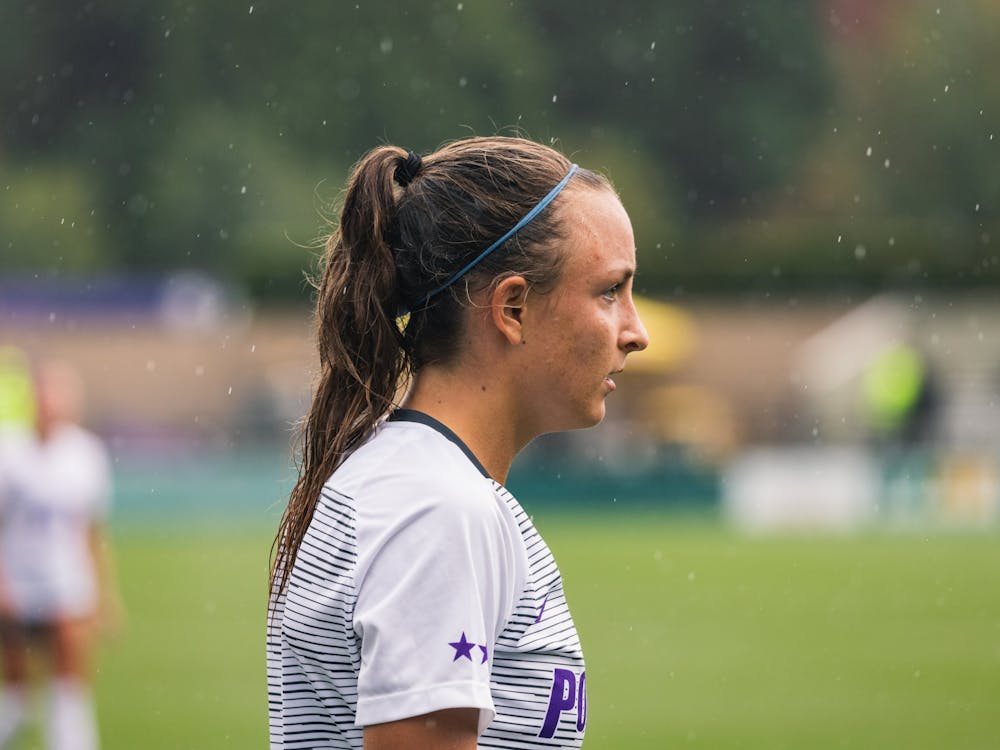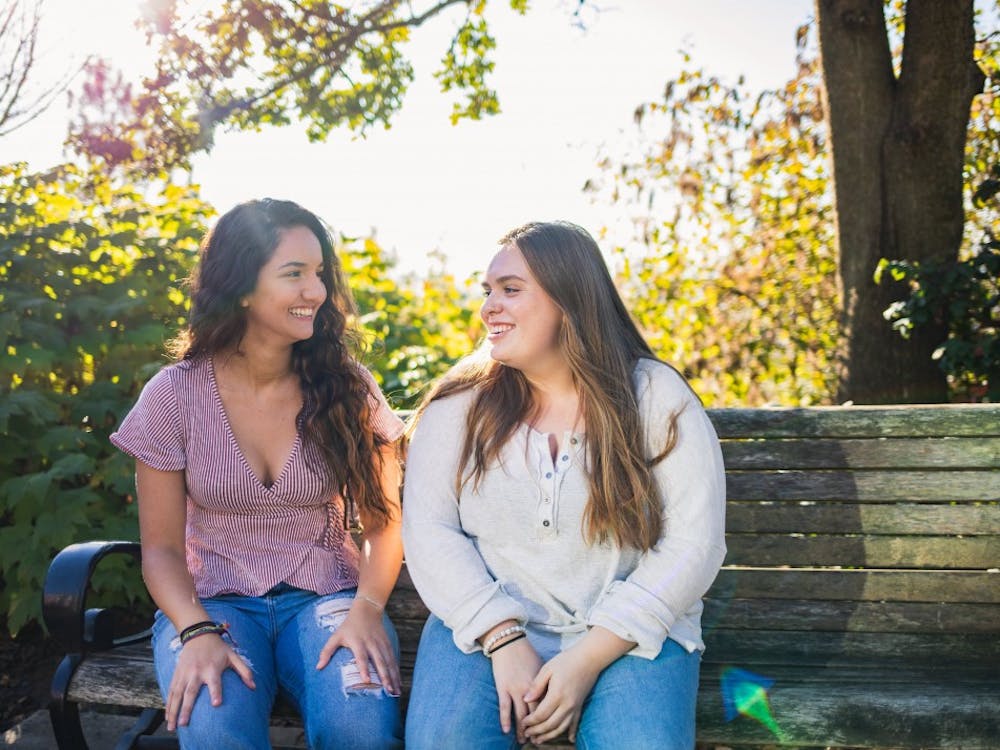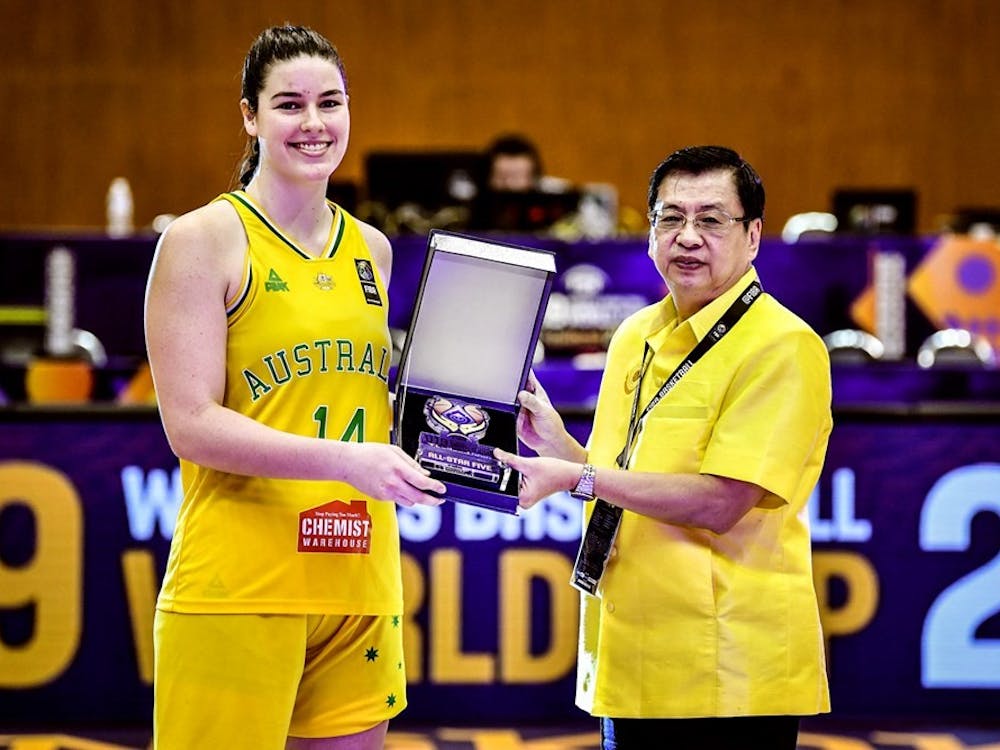If you haven’t seen the 2020 Super Bowl Halftime Show, then go watch it. Now. What you’ll see is a Colombian and a Puerto Rican taking the stage to not only give one of the most energetic and colorful performances the sporting event has ever seen, but to also make social and political statements while showcasing their talents and their cultures.
Shakira and Jennifer Lopez made history. They were the first Latina duo to ever perform at the Halftime Show, and they were joined by Puerto Rican and Colombian artists Bad Bunny and J. Balvin, making it an all-Latino performance. Four Latin Americans taking the stage at one of the most highly anticipated events in the U.S.
Yet, when I first saw the show, it seemed like no one around me quite understood what this meant exactly. No one really got why I counted down to the end of the second quarter and moved closer to the TV when it was finished. They most likely assumed that I was simply perpetuating a stereotype by being interested in the Halftime show rather than the game.
But what the performance meant to me was that I was watching women I had grown up listening to take the stage. I was hearing my mom’s native language at a U.S. American event. I was seeing my own heritage on screen.
Hearing Spanish songs was already exciting enough, but when Shakira broke into a salsa rendition of her song, “Chantaje,” I lost it. There she was, doing something I had seen my mom do countless times in our kitchen, only on a national platform. Later in the show, both J.Lo and Shakira danced salsa again, this time with a whole crew of young dancers behind them doing the same.
Salsa at the Super Bowl Halftime show! When I called my mom afterward to ask if she had seen it, she picked up and immediately knew why I was calling. Salsa at the Super Bowl Halftime show. That was what we kept repeating to each other. It wasn’t just “Latinized” pop. It was authentic, pure salsa.
It was seeing something so familiar on a screen that made us squeal with excitement over the phone. And to hear a language we spoke at home sung at a national event. I had to call her to share in that elation with someone because when I exclaimed at the sight of Shakira dancing, the people around me stayed silent.
The internet and most of the people I watched the show with got lost in the hits and the outfits, or in the fact that J.Lo was on a pole. Even now, the talk is all about how sexual the show was, how fit the two women are at their age, how funny Shakira’s tongue was — which, by the way, is a Zaghrouta, and was an homage to her Middle Eastern heritage, so take that in. A lot of the conversation around the show hasn’t highlighted the significance of this performance.
To be fair, the performance was a sight. The colors, the glitter and the choreography were impressive on their own. But to those comments, I have a few things to say. The first is that Adam Levine took his shirt off in last year’s show, but there wasn’t an outcry about that being too sexual. The fact that this year’s performance did receive that reaction speaks to how Latina women are oversexualized in the U.S. to begin with, so if they choose to dance a certain way or wear tight clothes, then their sensuality becomes unbearable for predominantly white audiences.
The second issue is that those who did focus on those aspects did not understand the statement this show made. J.Lo’s daughter, Emme, joined the performance, starting with a sweet rendition of her mother’s song, “Let’s Get Loud.” She did this while in a structure made out of tubes that seemed to resemble a cage, along with other children in similar structures.
In that small yet significant moment, the show became a political protest. It was short, so one could almost miss it. But once one realizes there were children wearing white in cages encouraging the crowd to get loud, it becomes much less subtle. It was a call to action and a reminder that Latino brothers and sisters are currently detained at the border. Then, while J.Lo continued the song with an American flag draped over her shoulders, Emme switched to sing Bruce Springsteen’s “Born in the USA.” J.Lo opened the flag up to reveal a Puerto Rican flag on the other side.
Up until that moment, the performers had shared a lot of their own cultures with the audience. Shakira could be heard exclaiming “Barranquilla!” in the microphone, calling out to her home city. Lopez yelled “Boricua!” to signal her heritage, sampled a well-known Puerto Rican song called Aguanile during a dance break, and called out to the Bronx to display the duality of her Latina identity.
Yet in making their political and social statements while presenting their own Latin American cultures, the performers were telling the world that they knew what this show meant. It was unity. Although it wasn’t perfect, because the event still lacks representation, as the performers were Latinos of lighter skin color while Latinos of darker skin colors continue to see themselves misrepresented in the entertainment industry.
But the fact that the Super Bowl Halftime show included four all-Latino artists singing in their native language was still huge. And the performers took that chance to highlight a prevalent issue facing part of the Latino community in the U.S., as if to say, “We see you” — and even though we lead different lives and come from different backgrounds, we’re with you.
Ana Clyde is a senior sports reporter and the copy editor for The Beacon. She can be reached at clyde20@up.edu.








